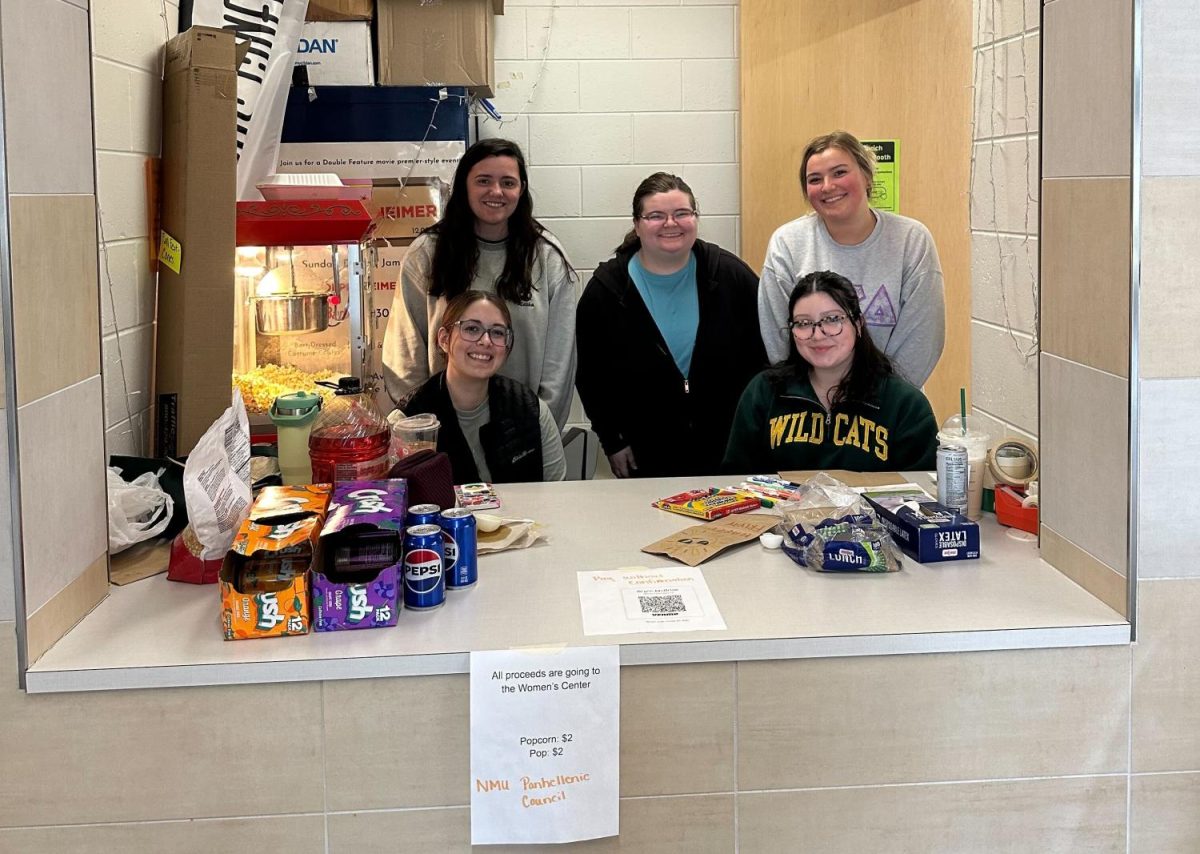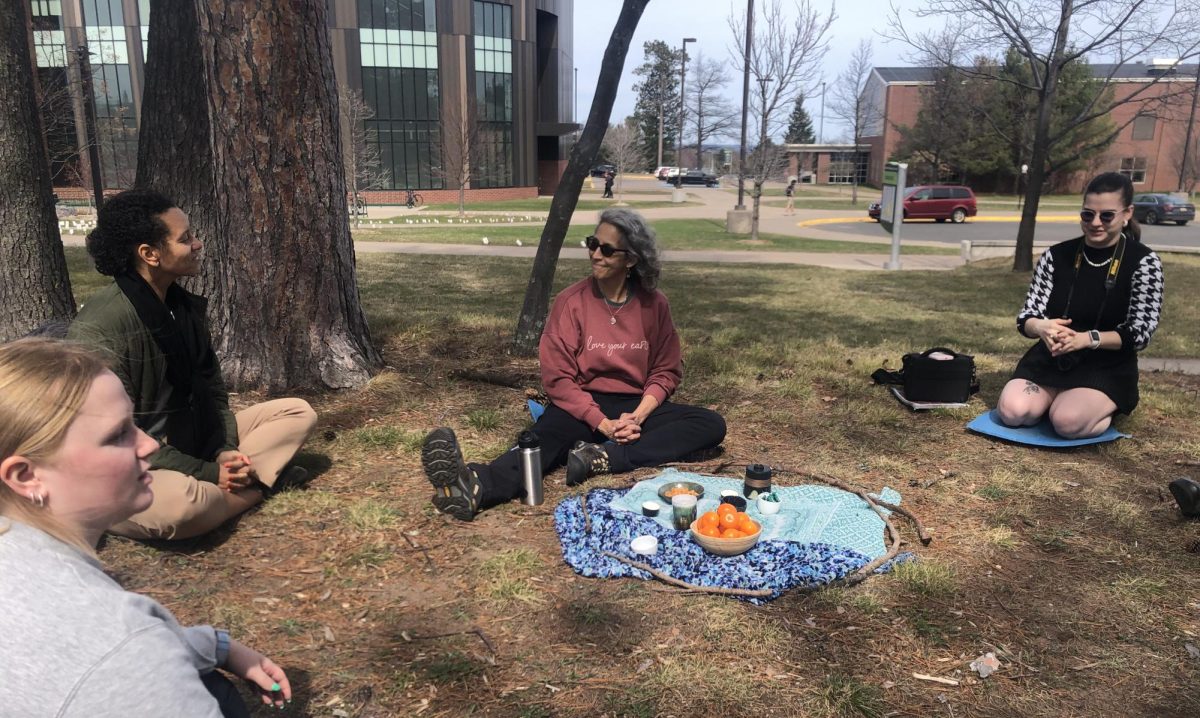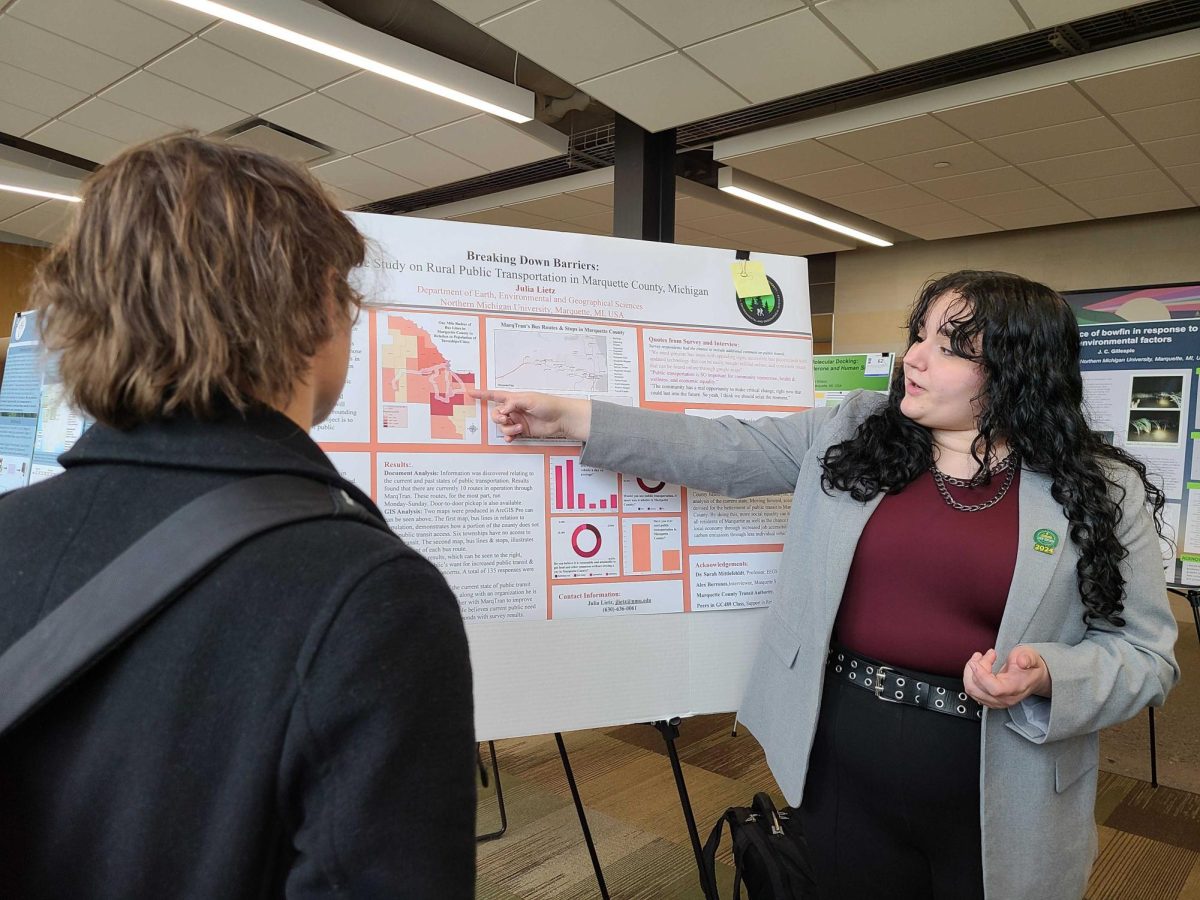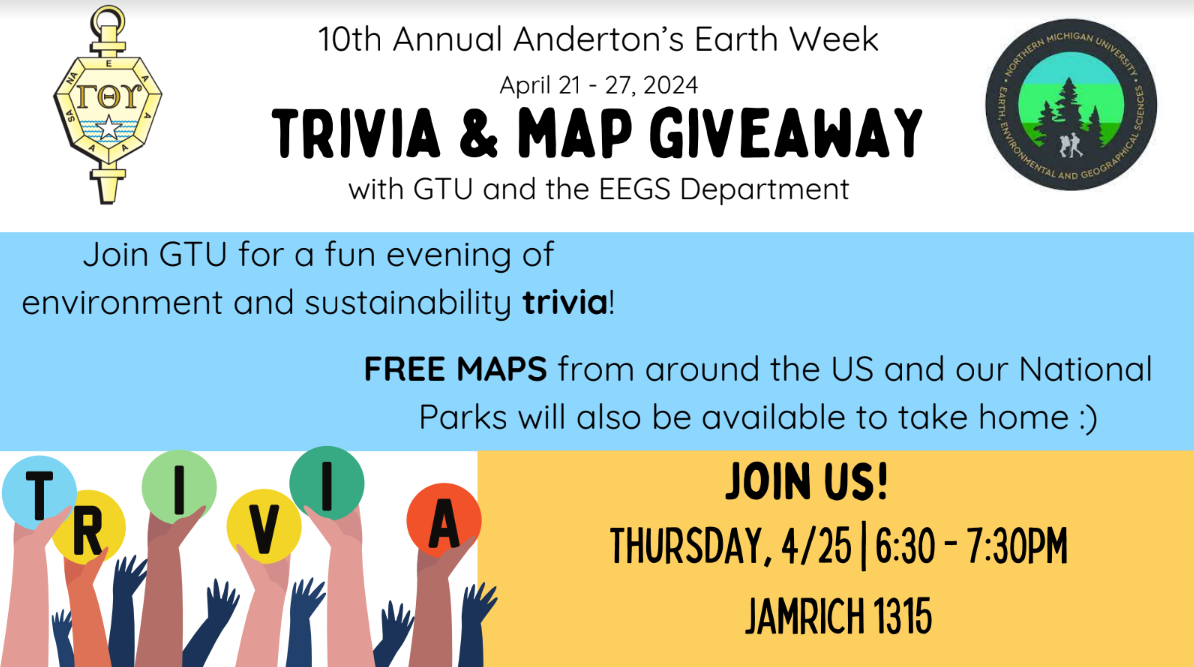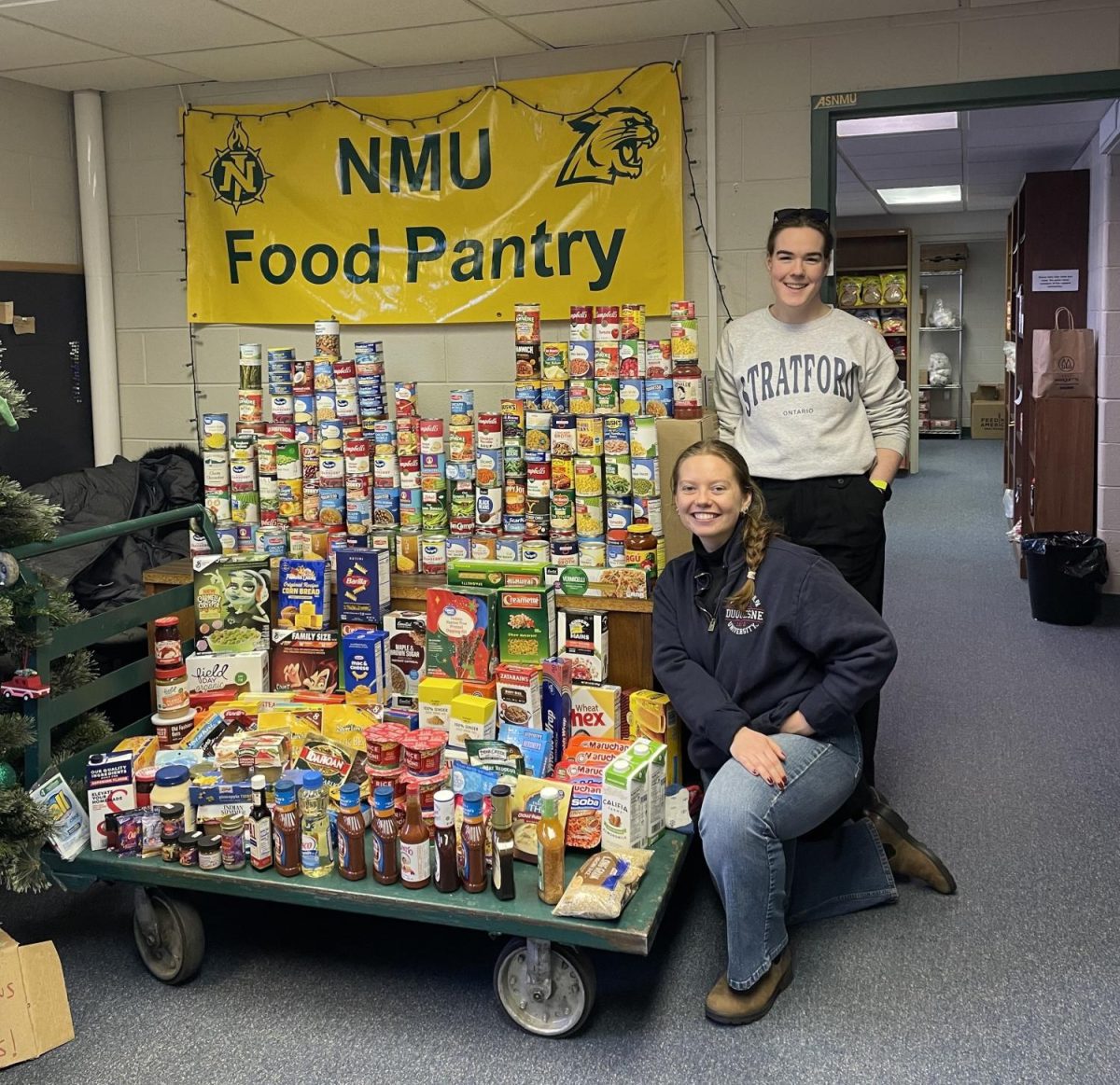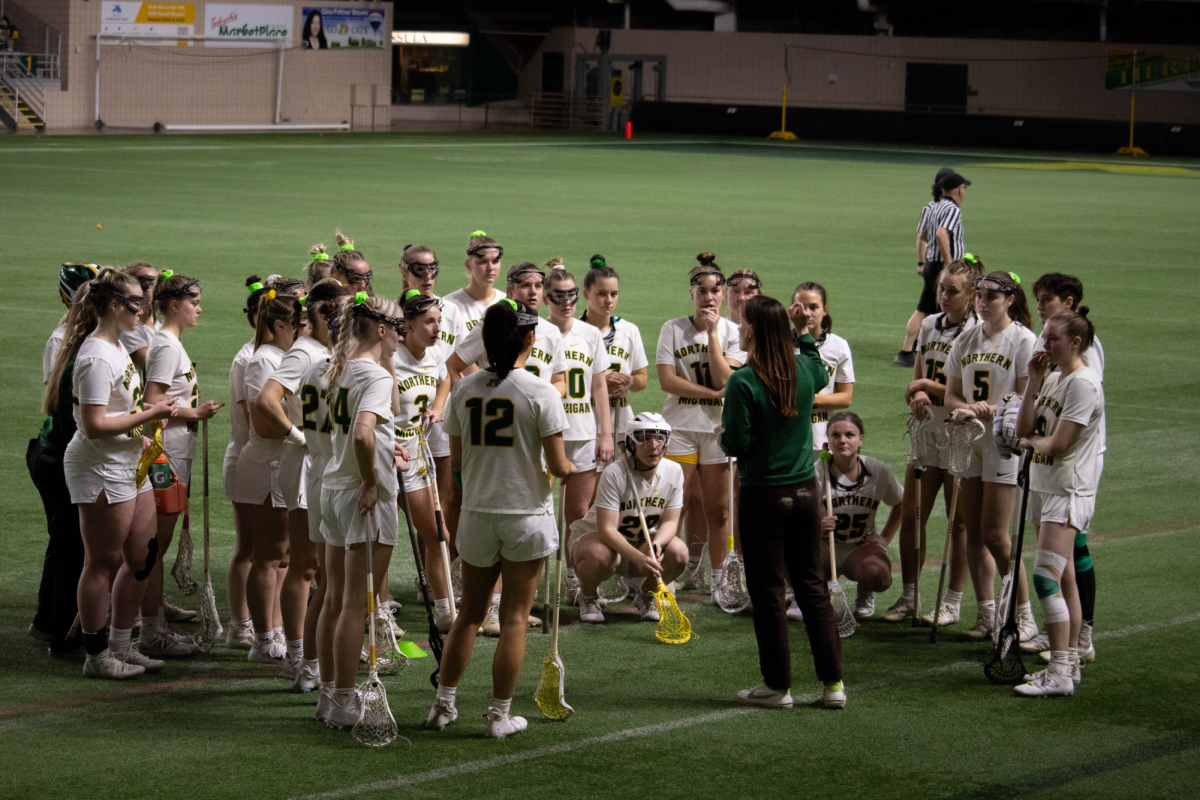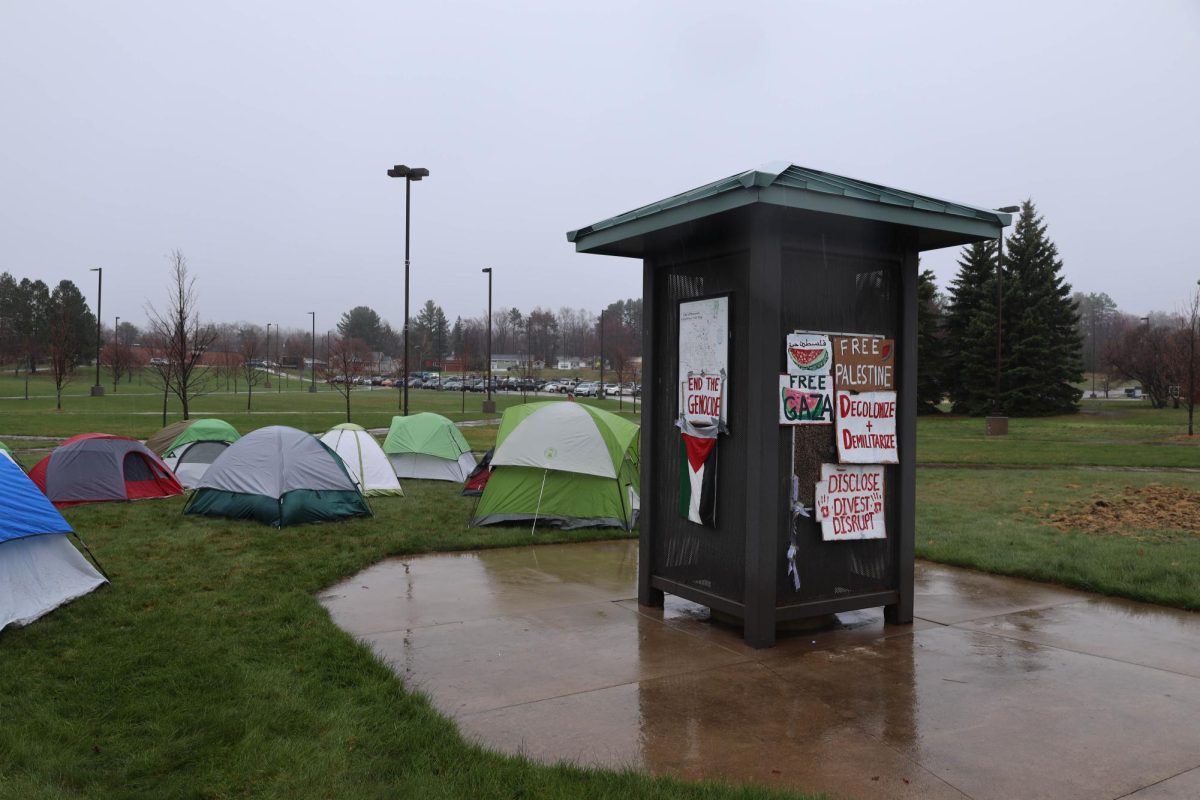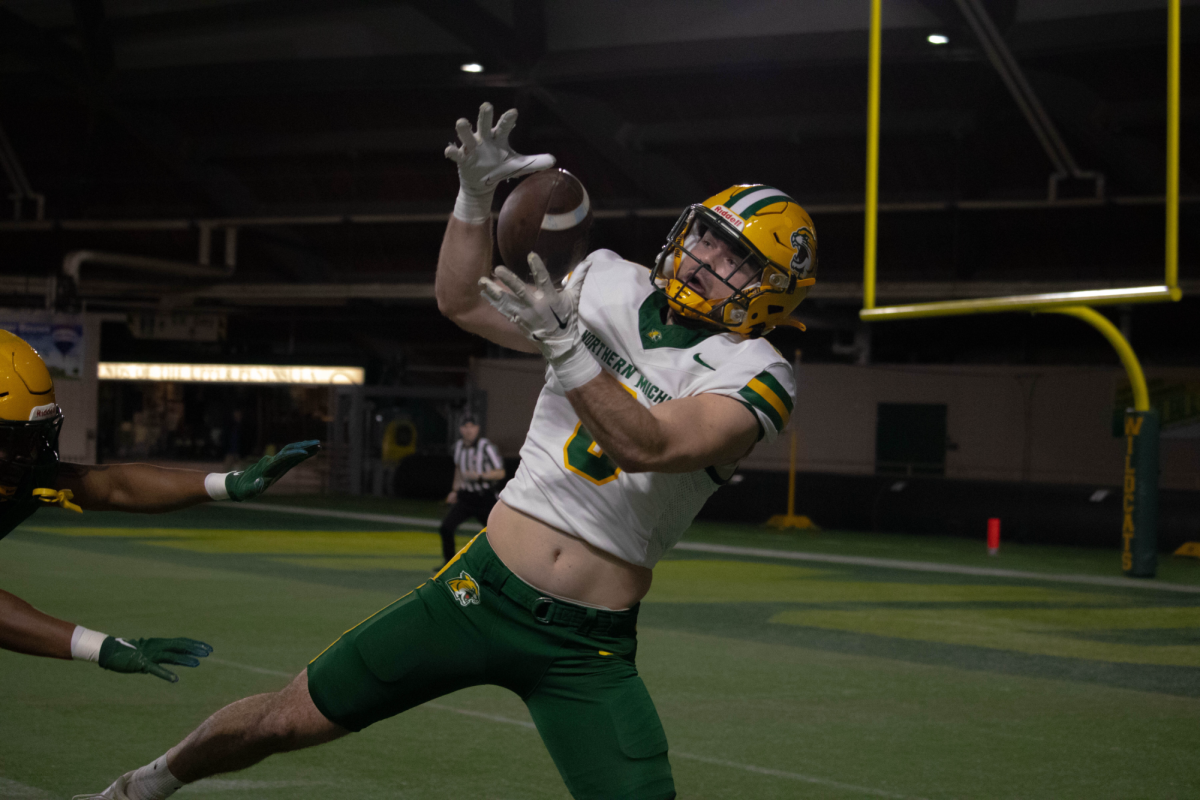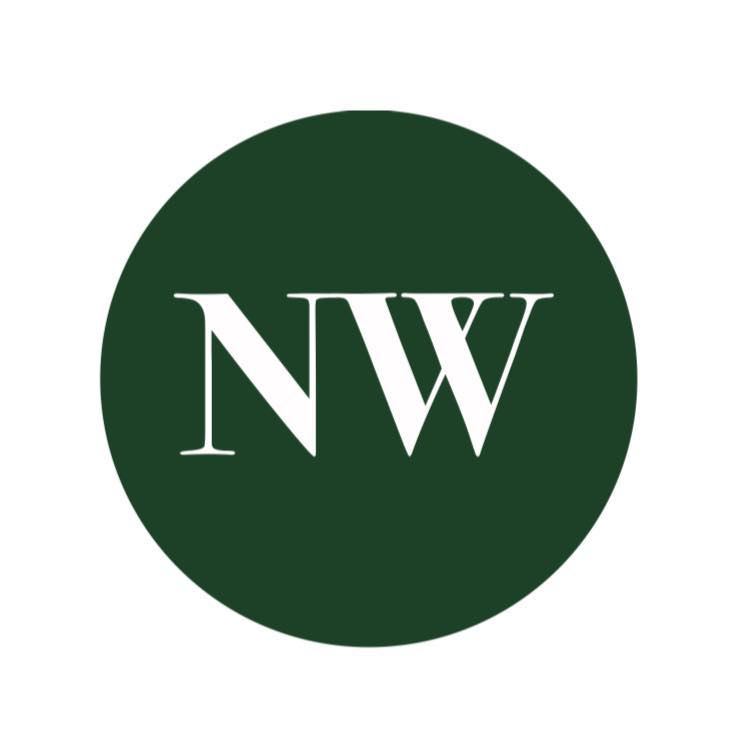Mysterious cafeteria food is a stigma that’s hard to shake, as students have no way of knowing what exactly is going into the food that is lumped onto their plates.
Implementation of nutrition labels for packaged food, and eventually full recipes, in Dining Services’ main eateries is a great step forward in reducing that mystery and establishing a firm understanding of what students are eating.
This change, something that not many universities take part in, is an obvious advantage for vegetarian and vegan students to make appropriate choices in a setting that often does not cater to a variety of options.
Vegan and vegetarian recipes will be the first assessed and added to the binders that contain the labels, a task that is hard to do as it involves standardizing the recipes with the chefs. Even with just packaged foods now, these students will be able to more carefully make decisions about what they eat.
Students with allergies also clearly benefit. Clearly documented information about allergens will make dodging the bad foods easy. These nutrition labels are wide-reaching; students who specifically exclude foods are not the only ones who benefit.
Research published in the Journal of American College Health found that students who were provided nutrition labels referred to them as they made their purchases, taking into consideration fat and calories.
With that in mind, it can be assumed that students will choose healthier foods with the labels provided, making, though maybe a small step, a step nonetheless in curving the chance of obesity. It’s no surprise that college students, especially those utilizing the campus eateries in their first couple of years, are likely to gain the dreaded “Freshman 15,” but maybe the presence of food labels will make students more aware.
With nutrition labels available, students should take the time to understand them.
It’s easy to bypass the jargon of what’s included in one’s food, but these binders are designed to help students understand what everything means, something that they can use a great deal outside of the Marketplace or the Wildcat Den. Ultimately, students will be able to make more educated eating decisions in and outside of Northern.
Students should take advantage of these binders because they offer information that Northern is proactive in providing, giving students the opportunity to know what’s in their food, rather than passing the cafeteria-style stew off as mysterious.

